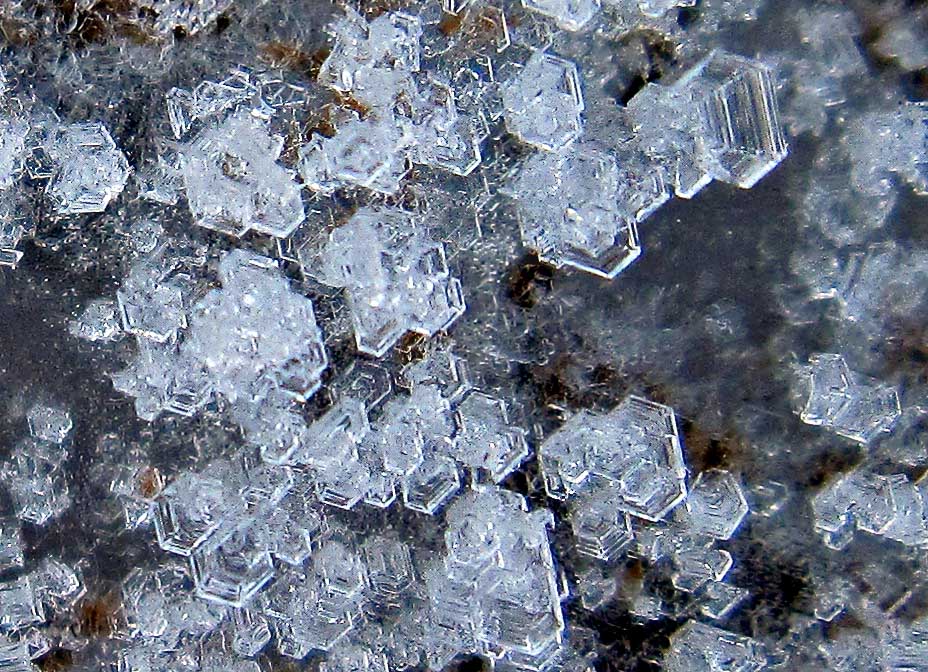Course
Condition
The winter weather has slowed the growth of the grass down. You will notice the rough turning a bronze
color from the cold frozen weather we experienced late last year. The rough is going partially dormant.
Completed
Items
 This winter we are focusing on clean up. As the winds pick up and the debris comes
down our priority is getting the course ready for play.
This winter we are focusing on clean up. As the winds pick up and the debris comes
down our priority is getting the course ready for play.
We have done some clean up at our shop as well. Geoff, our mechanic has work hard to rebuild
equipment, stripe the garage for more efficient use and organize the parts area
that he inherited when he started last year.
I believe if we can start out the day organized and clean then we can
transfer these practices to our daily tasks.
We have also repaired the waterfall pump for the big waterfall on the
second hole. It will be running once the
season starts in June. Last season the
pump failed and needed some fabrication to the motor seal and the windings
repaired. To give you a picture of the
enormity of this pump; the average 4 person household uses roughly 110 thousand
gallons a year, the waterfall pump can move that amount of water in one hour.
Current
Affairs

We are currently in the process of edging bunkers. We are reclaiming the edge to as close as we can determine. It will give us a frresh look for 2014.
 We are also monitoring the greens for possible signs of pythium and
spraying trouble greens as necessary.
This was a problem a few years ago, but superintendents overall are much
more informed about the once elusive disease.
We have done our due diligence and sprayed when the conditions became
favorable before the last freeze and since other courses are starting to see
symptoms we have applied another application to curb any problems before they
arise.
We are also monitoring the greens for possible signs of pythium and
spraying trouble greens as necessary.
This was a problem a few years ago, but superintendents overall are much
more informed about the once elusive disease.
We have done our due diligence and sprayed when the conditions became
favorable before the last freeze and since other courses are starting to see
symptoms we have applied another application to curb any problems before they
arise.
Upcoming
Events

This coming season we are considering early aerifcation of the greens and then follow up with aerification across tees and fairways. We have usually gone at the end of April or the start of May, but weather permitted we should be able to complete the projects within a month. We will follow up the aerfication process with sand and fertilizer.
We are looking to bring the seasonal team on earlier this year to
accommodate the large aerification project that we are scheduling. This will help us move through the
aerification project before the mowing practices are in full force.
Please take the time to follow my blog.
You can view it on the course webpage under the course maintenance page www.indiansummergolf.com or straight to the blog at www.indiansummergolf.blogspot.com
If you have any questions please feel free to contact me.
Justin Ruiz, CGCS, MG
justinr@indiansummergolf.com














































